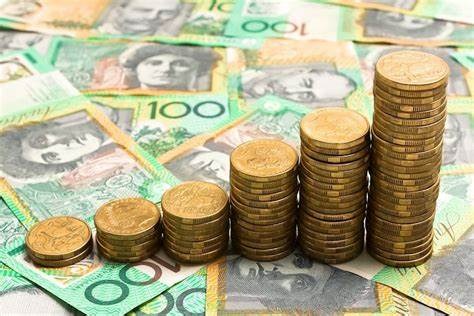


Image Credit: Bloomberg
The Australian Dollar (AUD) remained stable on Wednesday following two days of gains against the US Dollar (USD). The AUD/USD pair benefited from positive market sentiment, boosted by strong trade data from China, efforts by Beijing to stabilize the Yuan, and rising commodity prices. Traders are now looking ahead to Australian employment data, due later this week, for further clues on the Reserve Bank of Australia's (RBA) policy stance.
Investor sentiment improved as US President-elect Donald Trump’s economic team considered gradually increasing import tariffs. This optimism supported risk-sensitive currencies like the AUD and contributed to gains in the AUD/JPY pair.
However, traders also took note of data showing a second consecutive monthly decline in consumer confidence, likely driven by the AUD's depreciation against the USD. The Westpac Consumer Confidence Index for January 2025 dropped by 0.7% to 92.1 points, reflecting ongoing consumer pessimism.
This drop in consumer confidence has raised concerns about interest rate expectations and the broader economic outlook in Australia. Markets are now pricing in a 67% chance that the RBA will cut its 4.35% cash rate by 25 basis points in February, with a full rate cut expected by April.
The AUD/USD pair remains below 0.6200, staying within a descending channel on the daily chart. As of Wednesday, it trades around 0.6190, maintaining a bearish outlook. The 14-day Relative Strength Index (RSI) is above 30, suggesting a recovery from oversold conditions.
Immediate resistance for the AUD/USD pair is at the nine-day Exponential Moving Average (EMA) at 0.6193, followed by the 14-day EMA at 0.6207. A stronger resistance lies near the upper boundary of the descending channel, around 0.6220.
On the downside, the AUD/USD pair may test the lower boundary of the descending channel, near the 0.5940 level.
Paraphrasing text from "Bloomberg" all rights reserved by the original author
